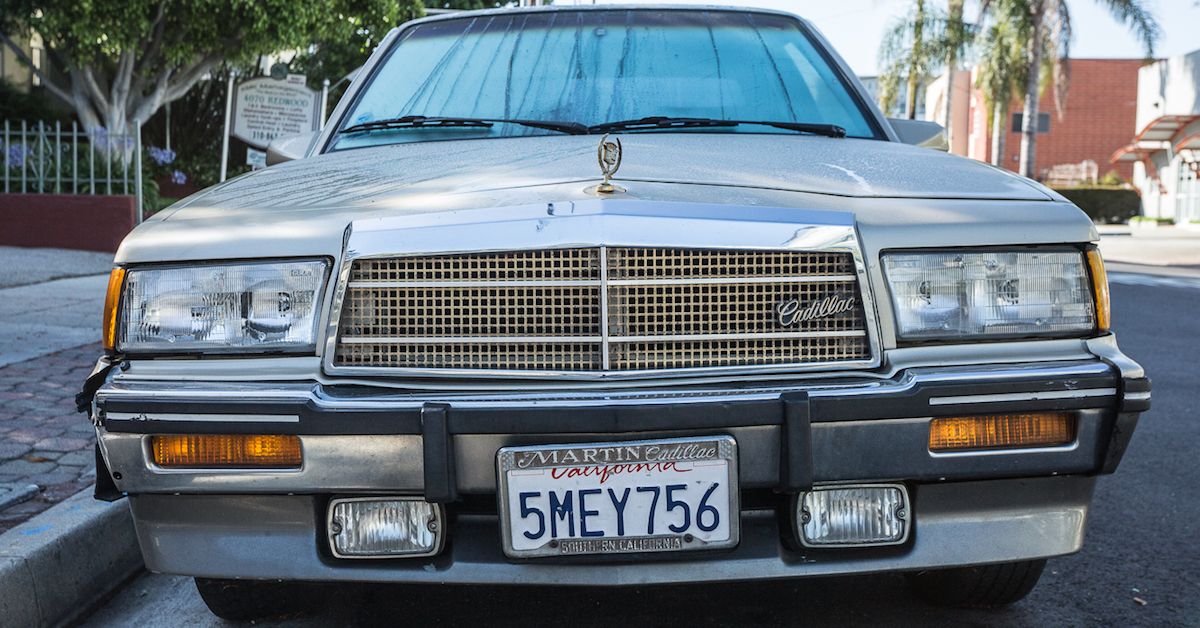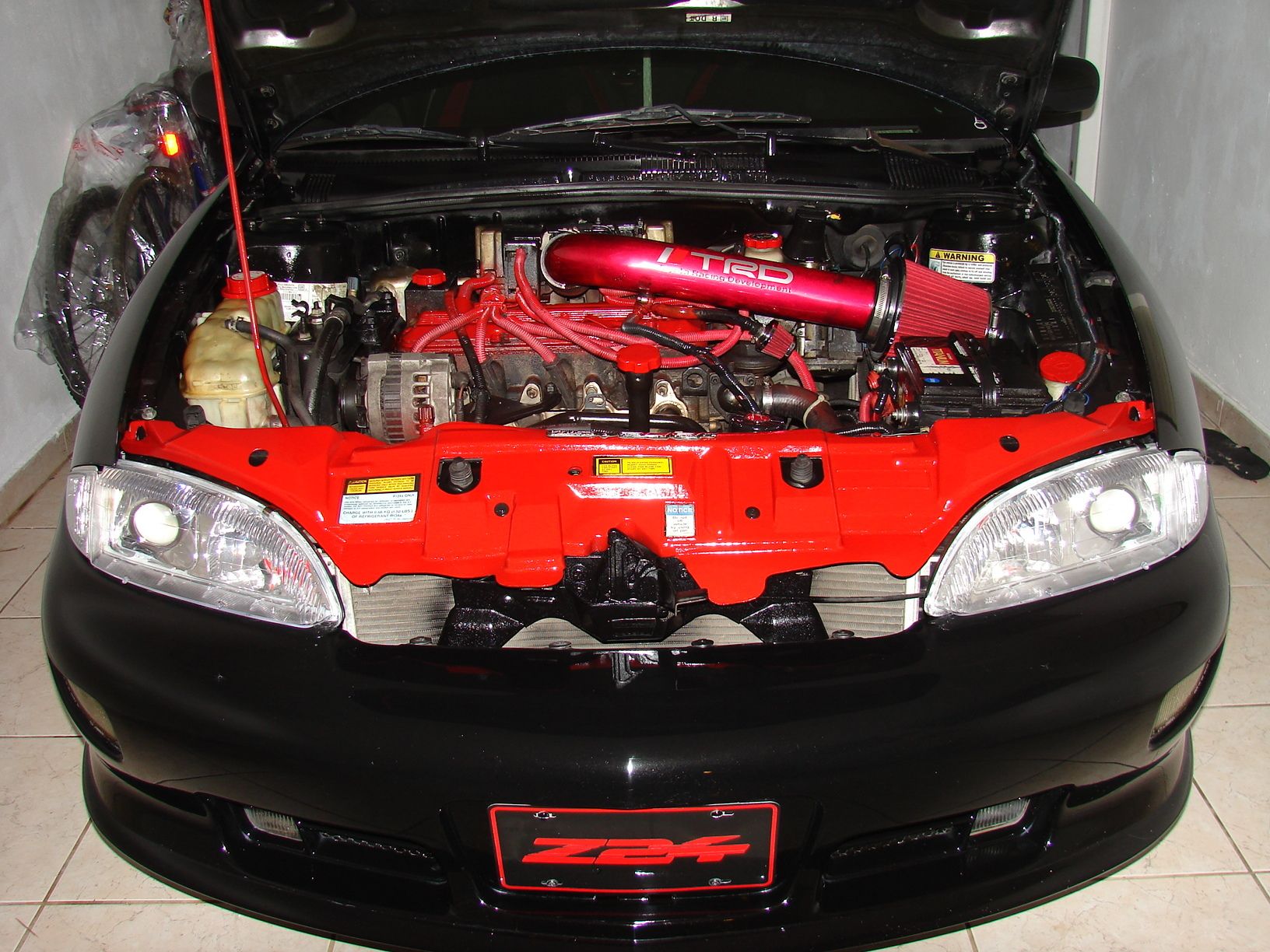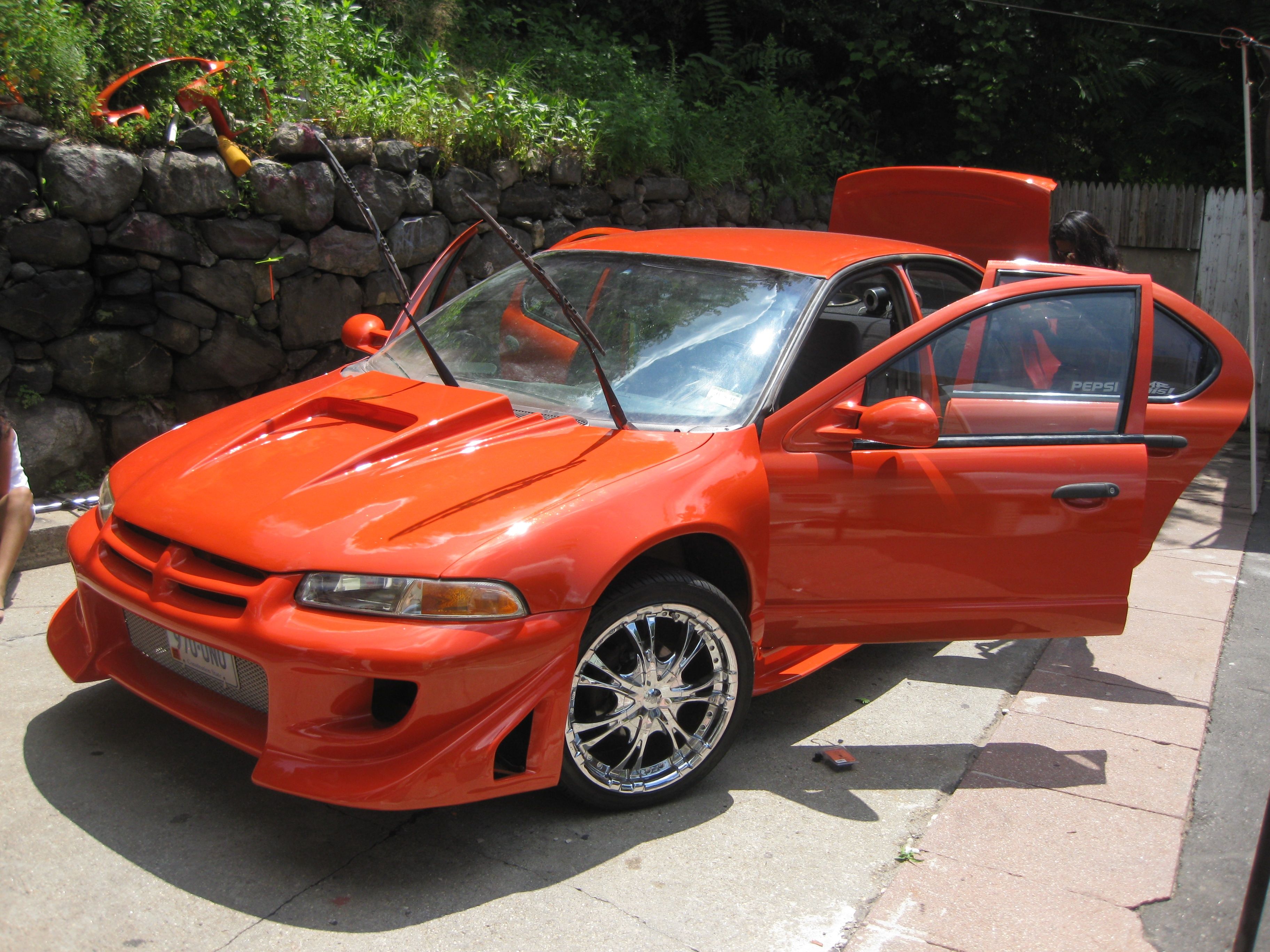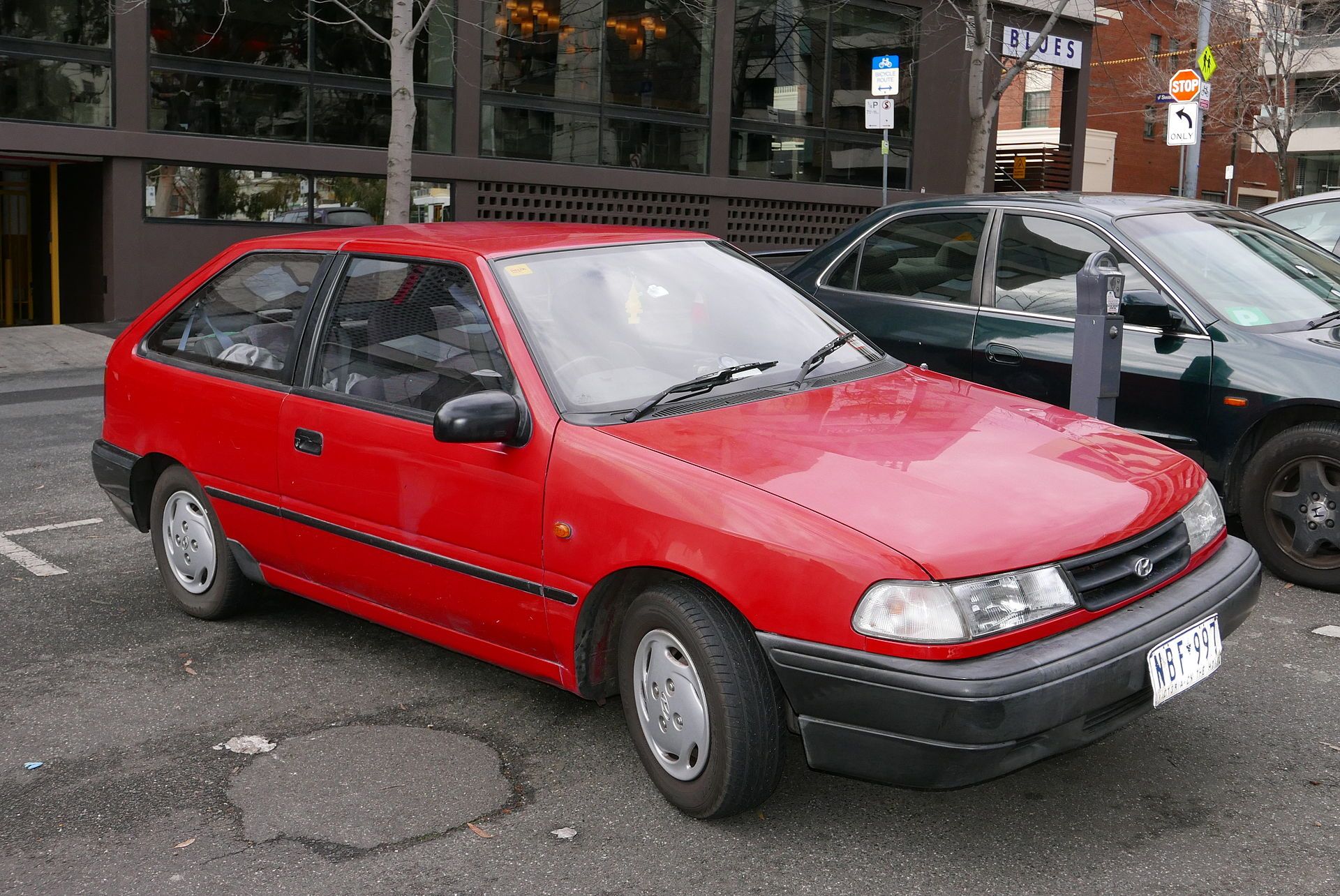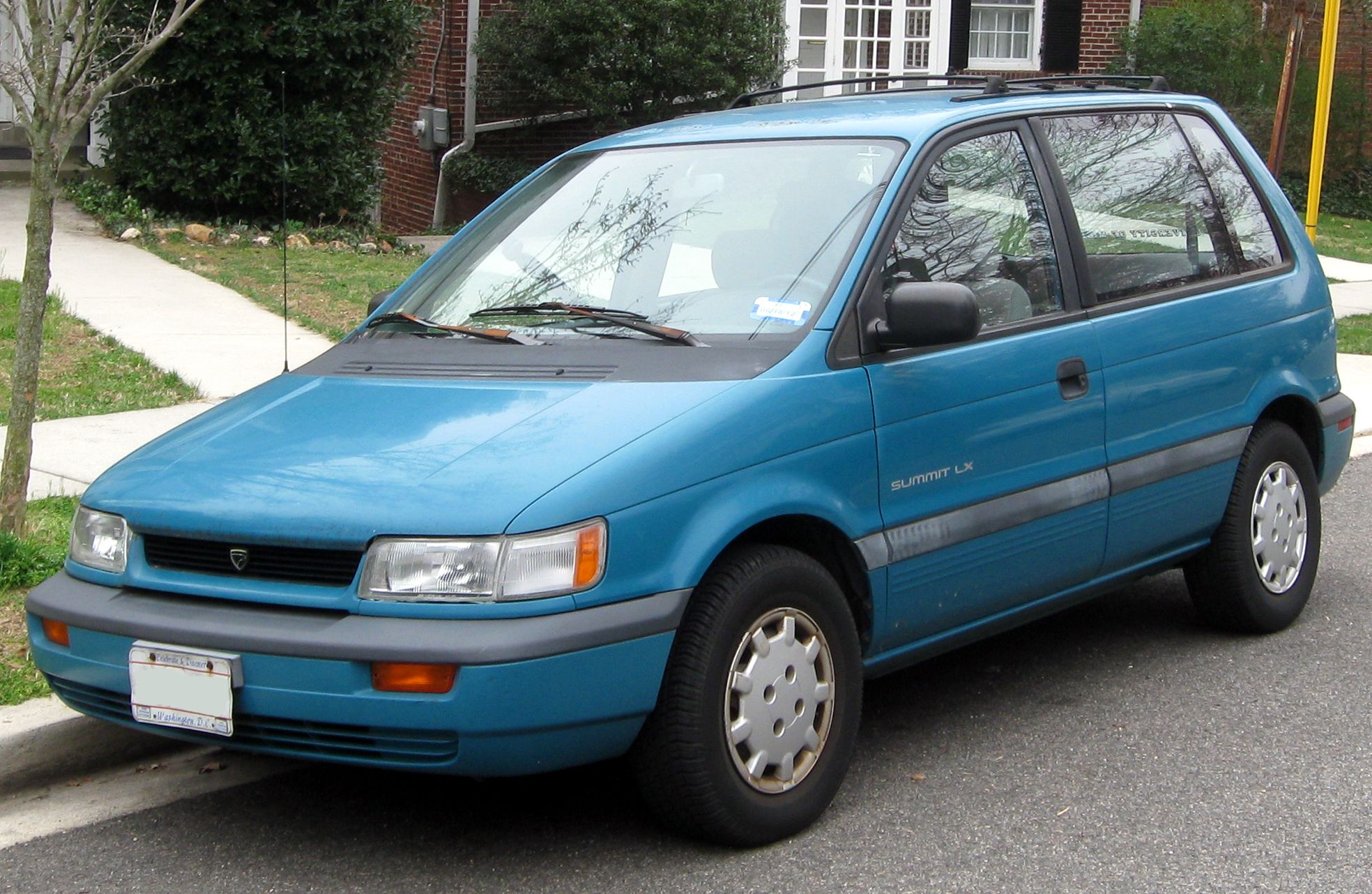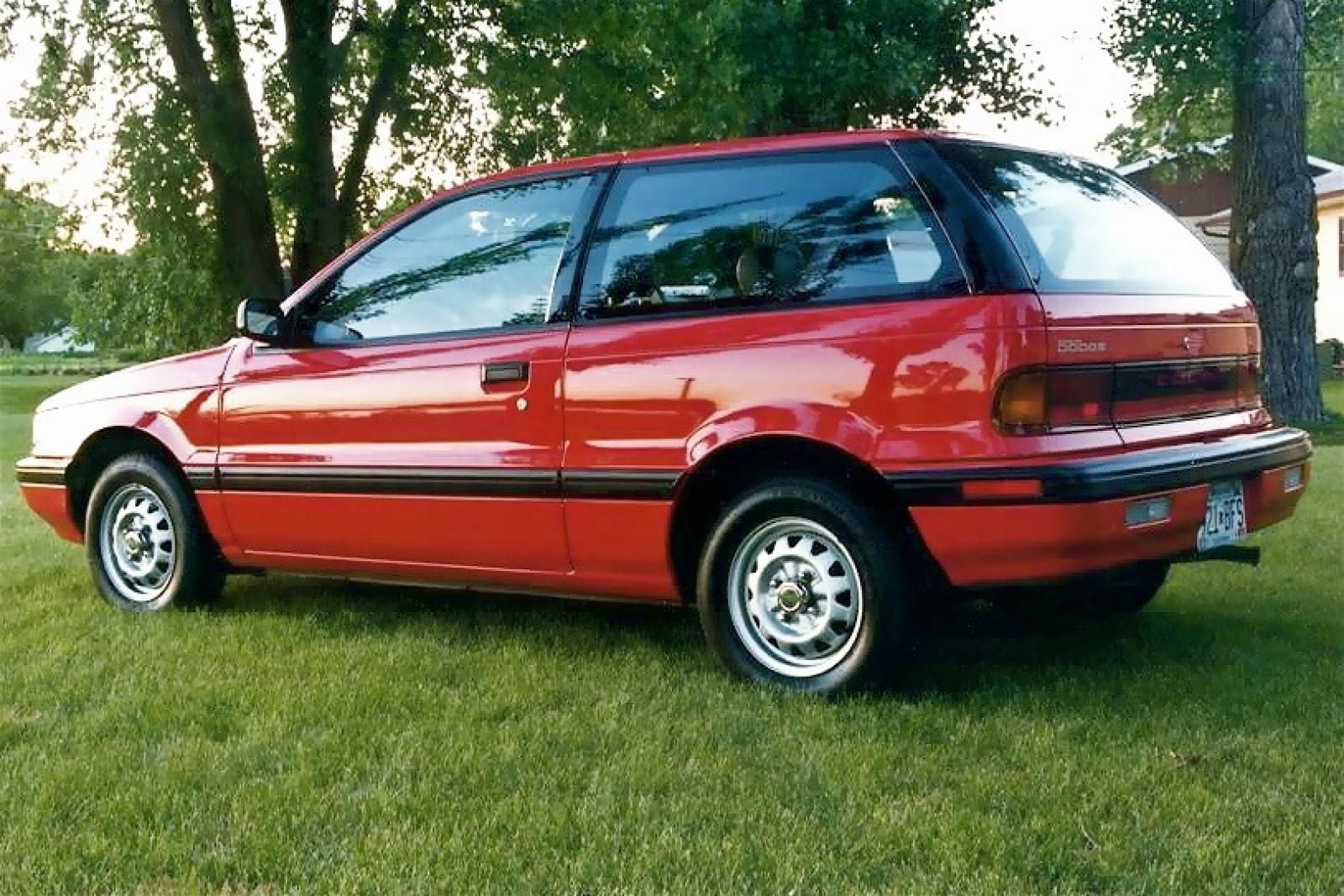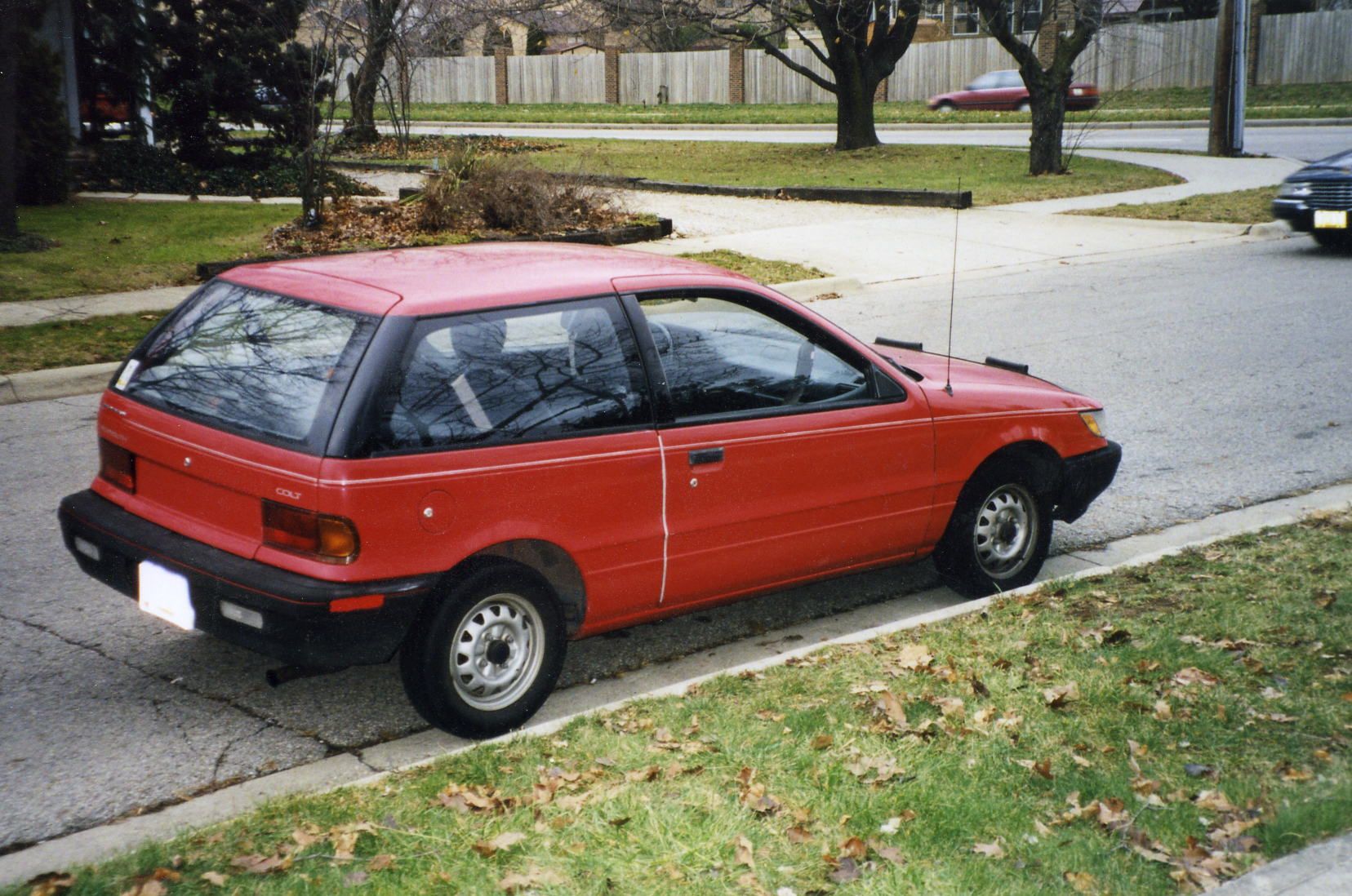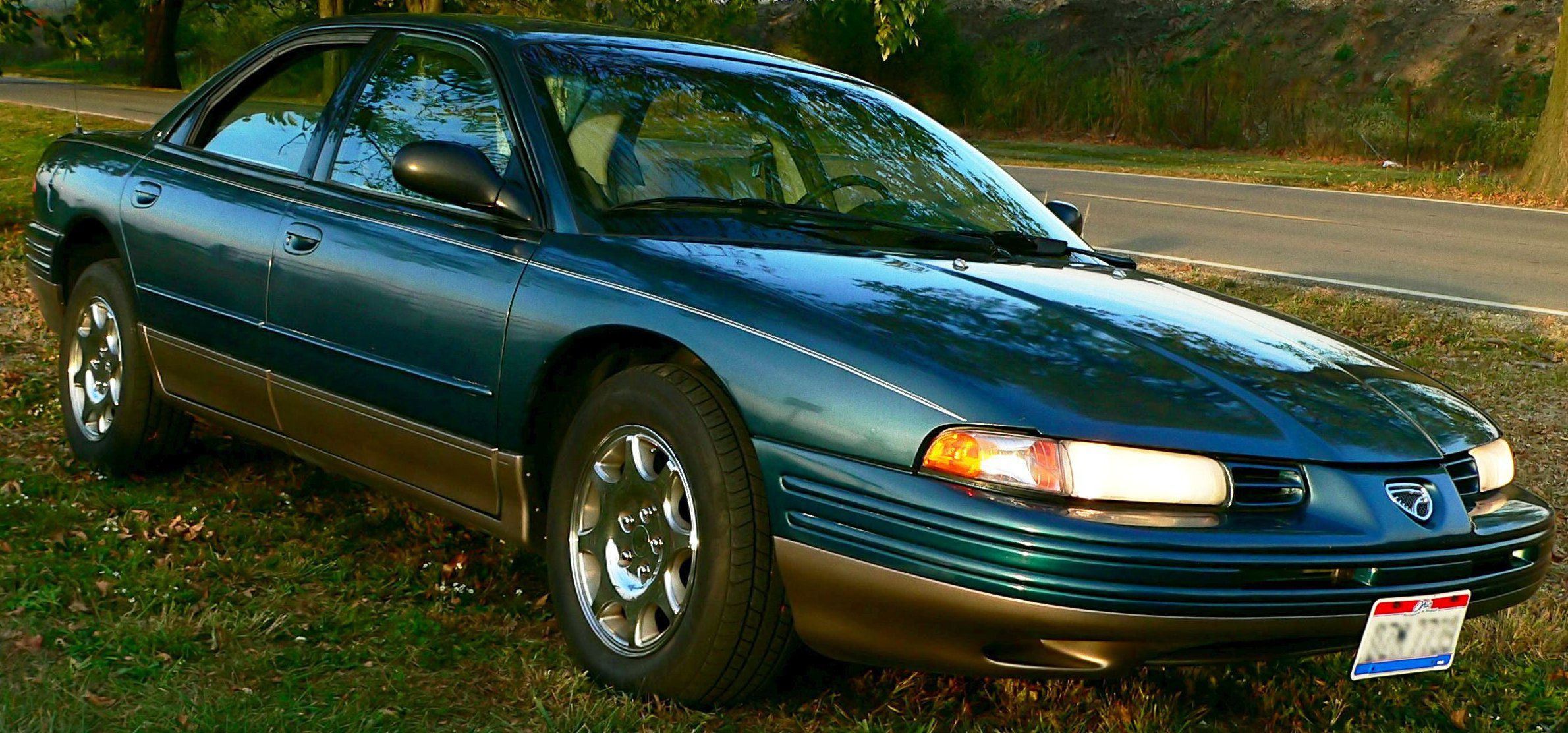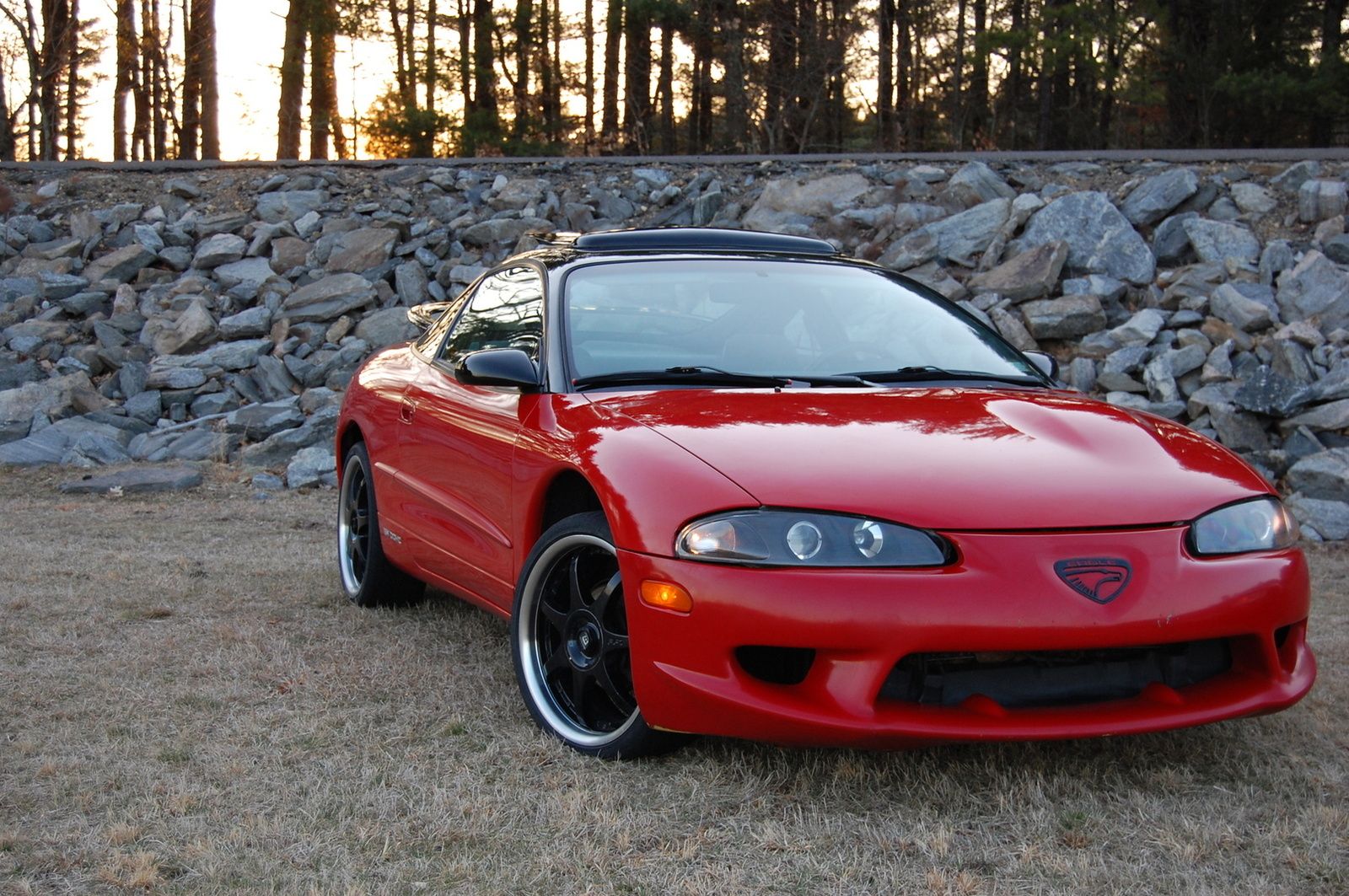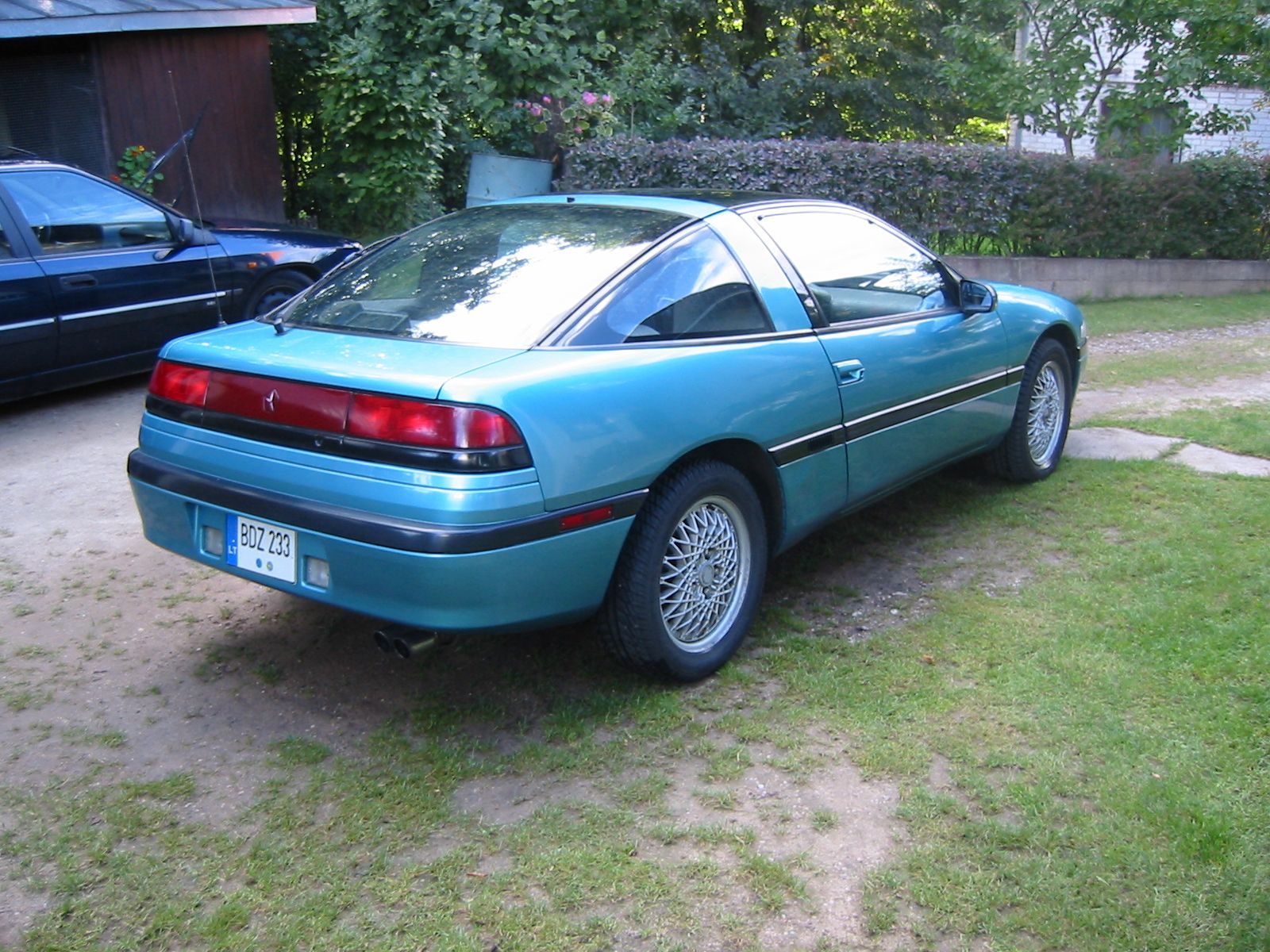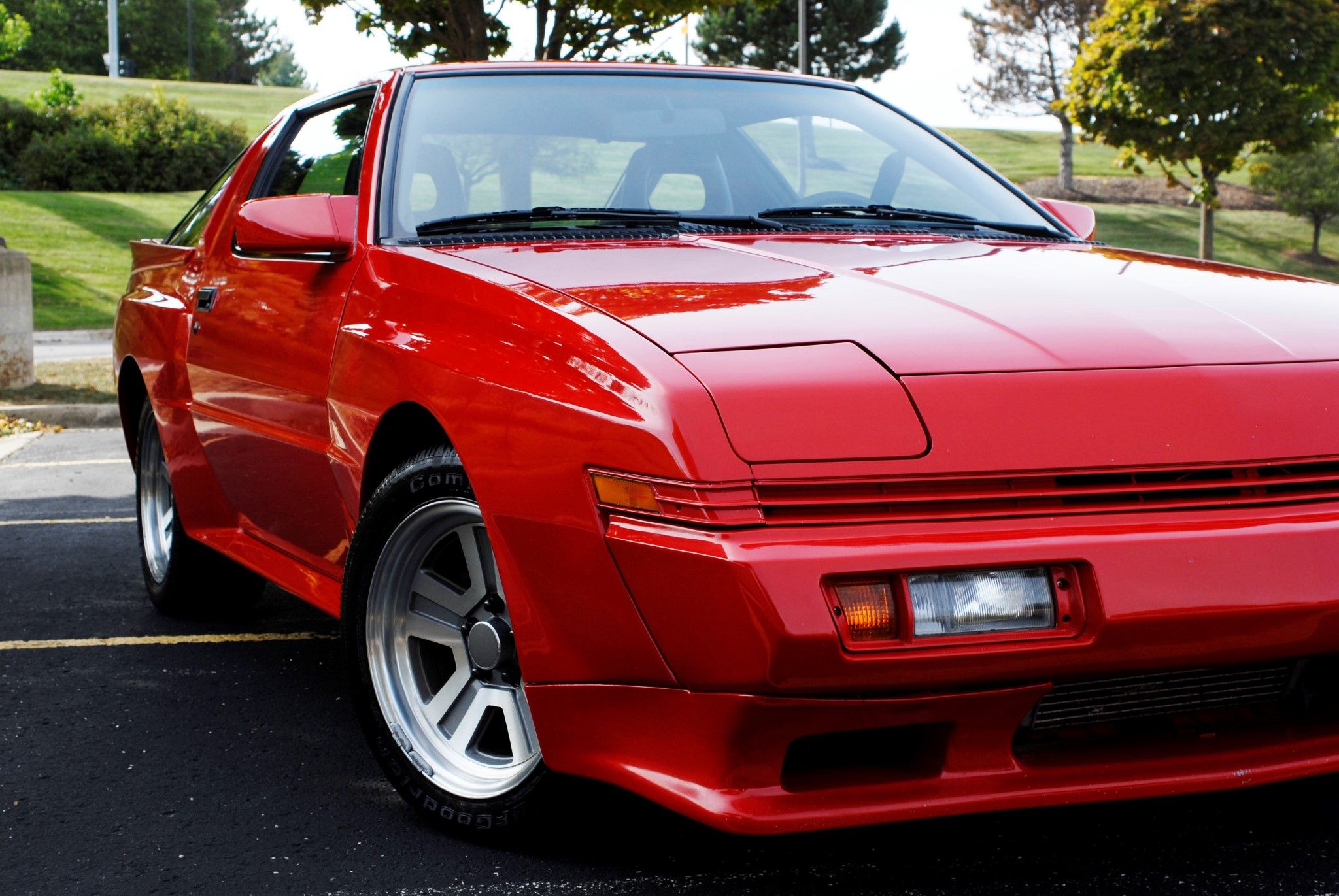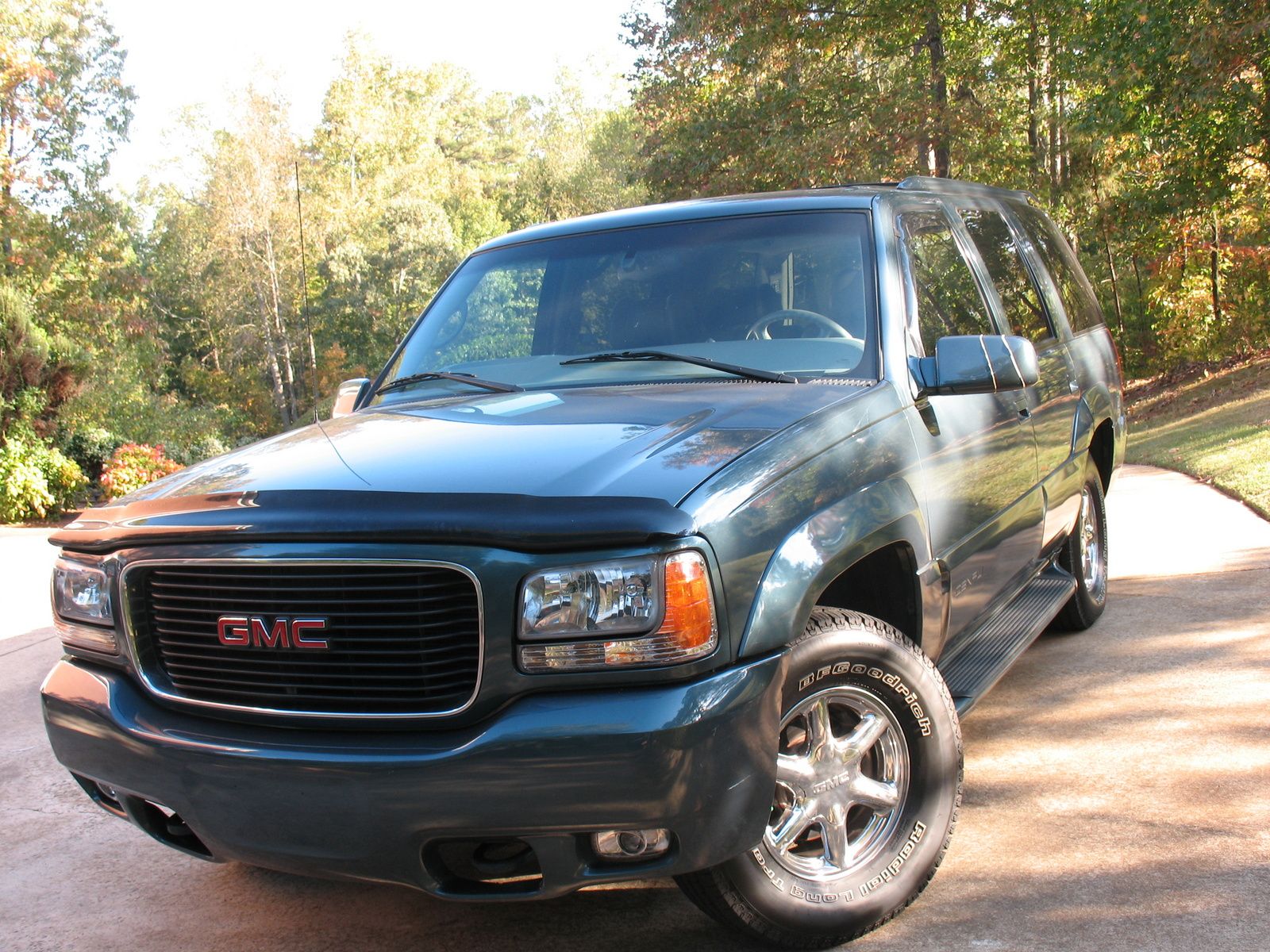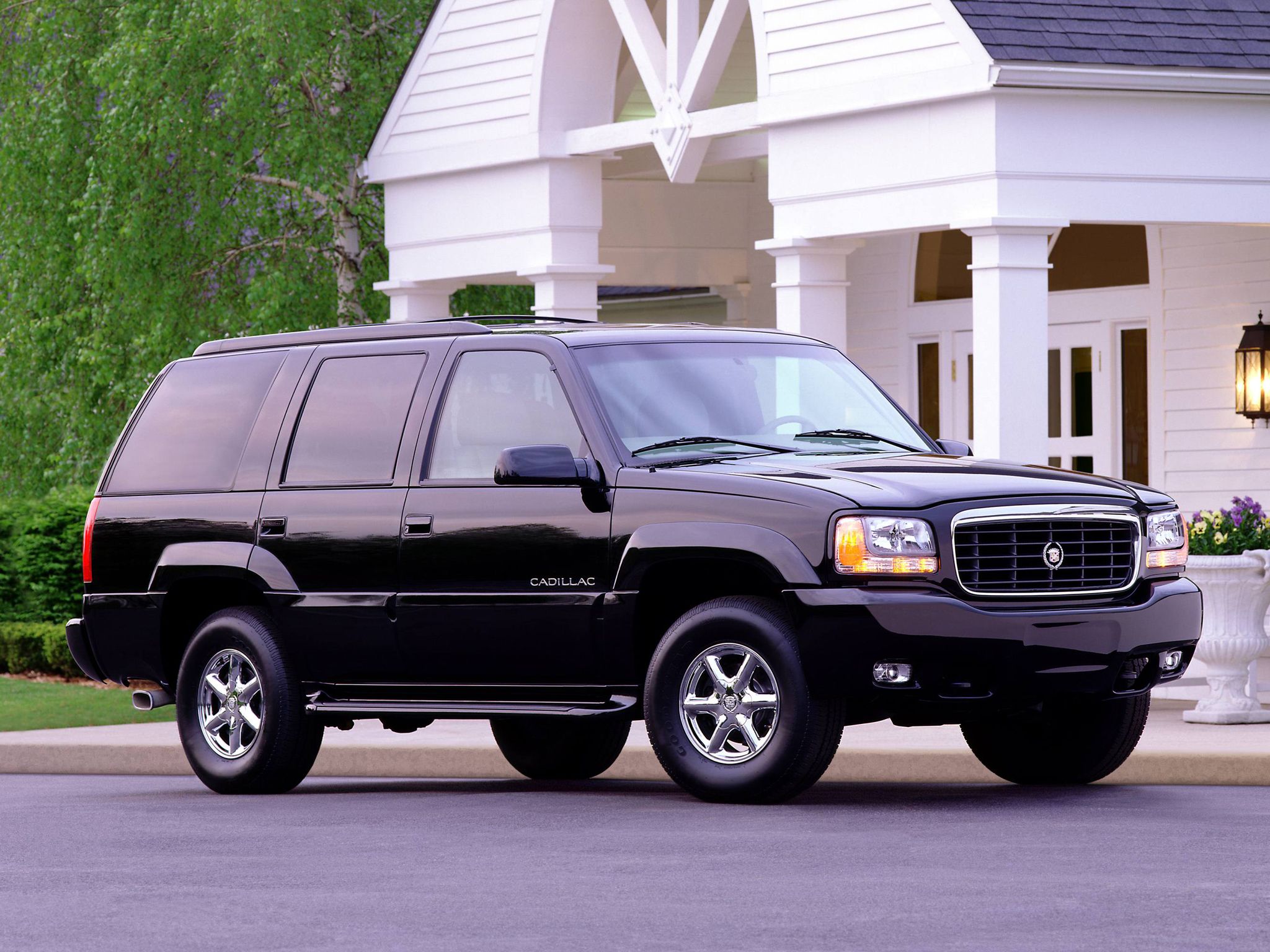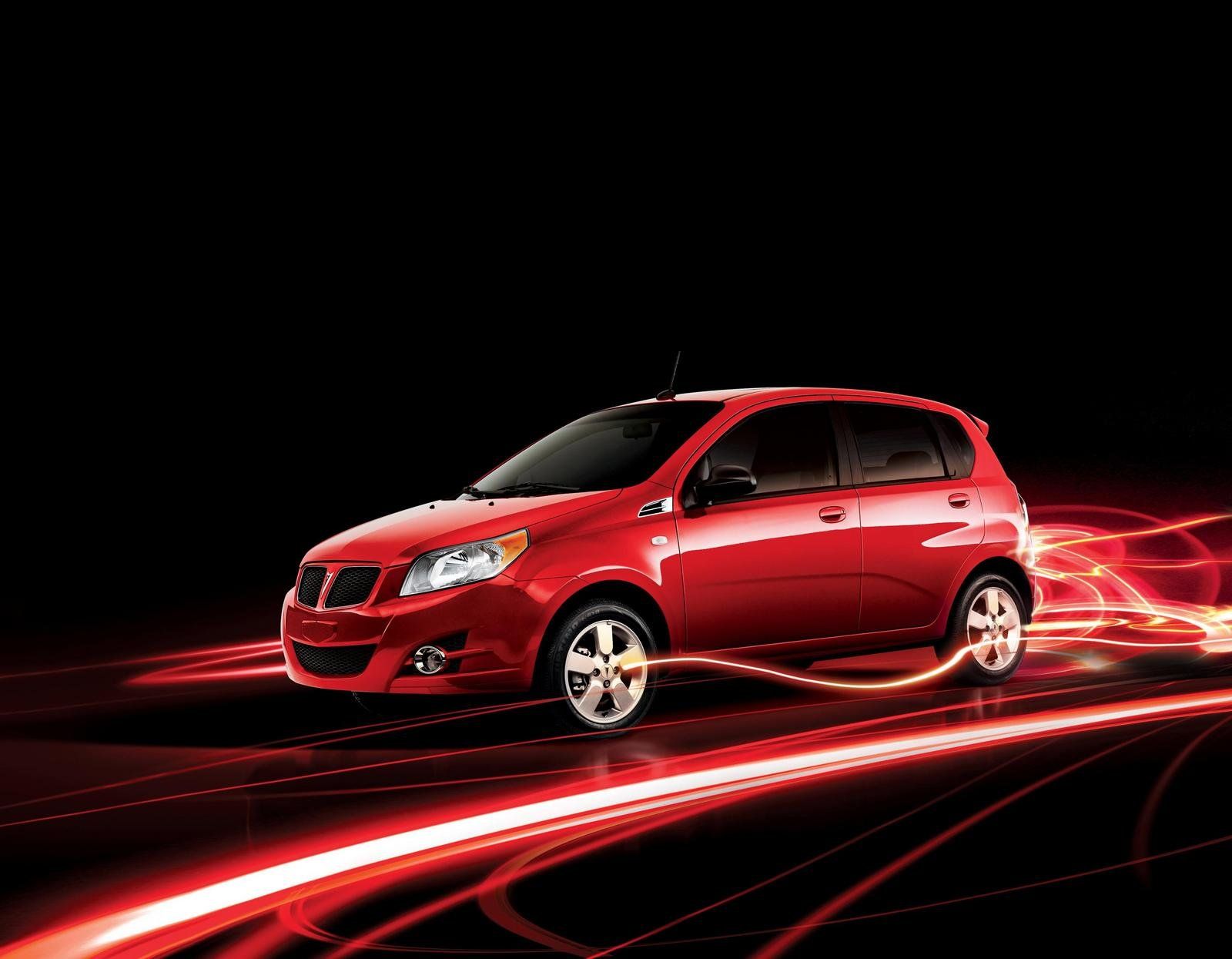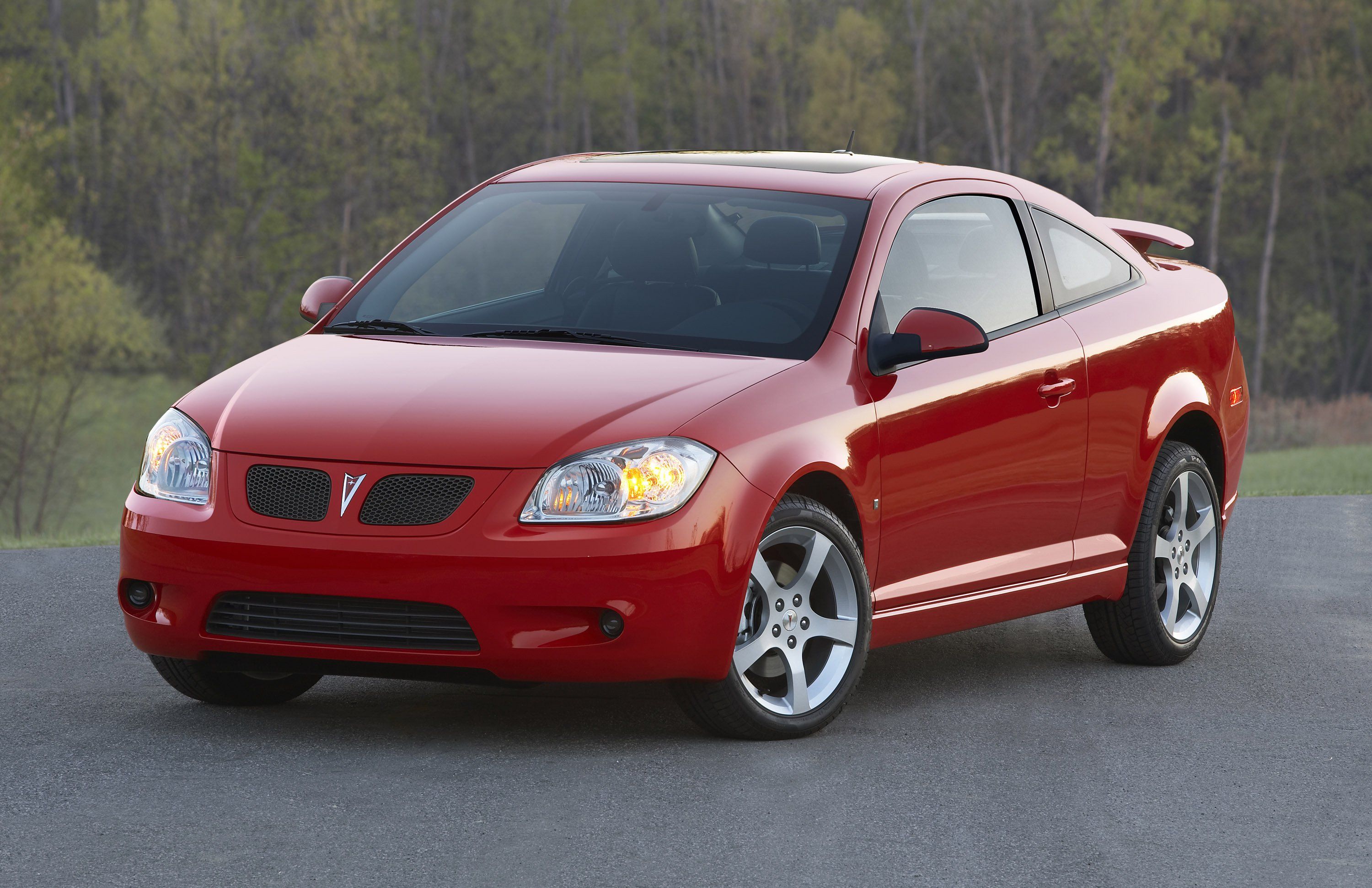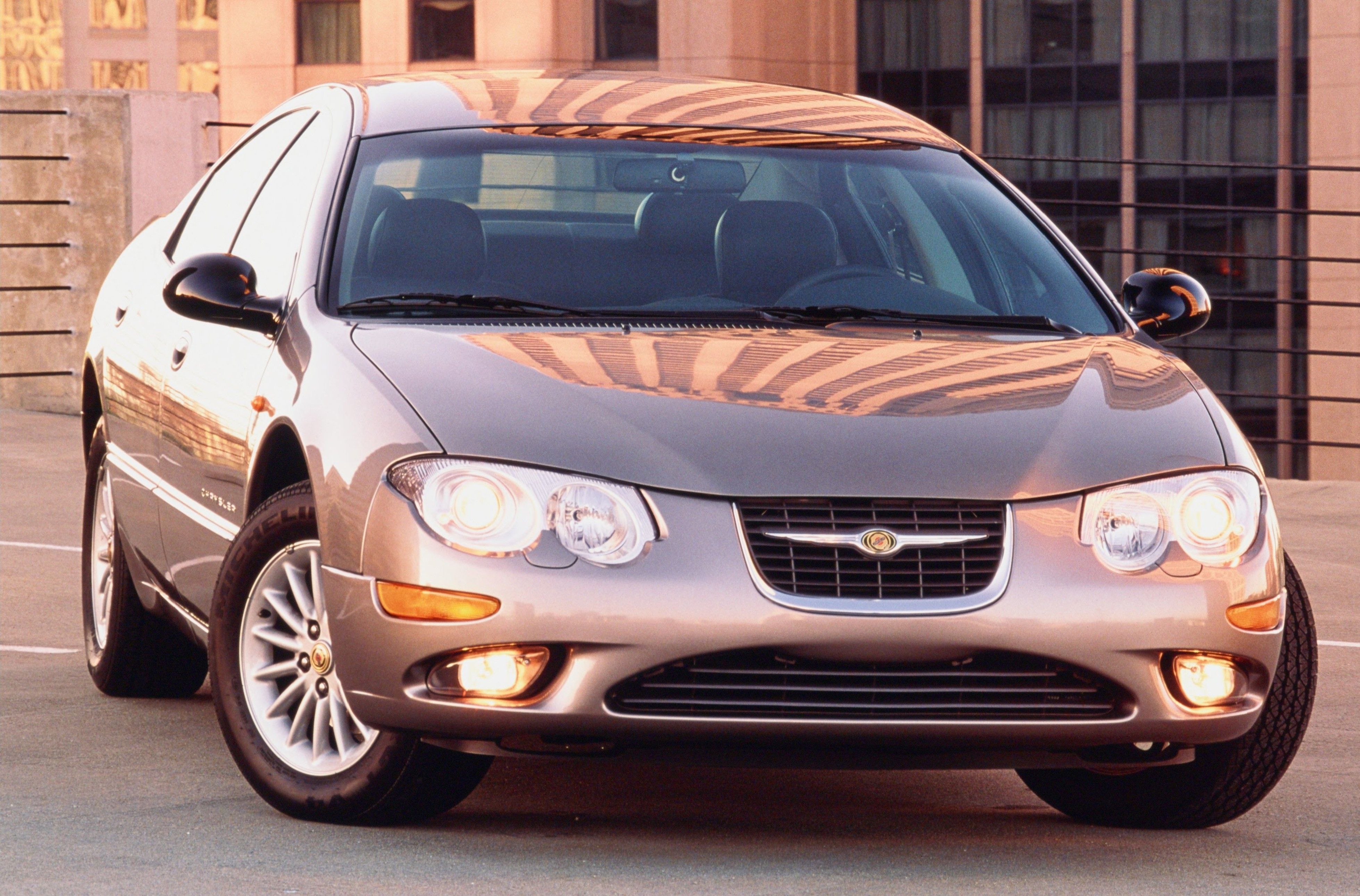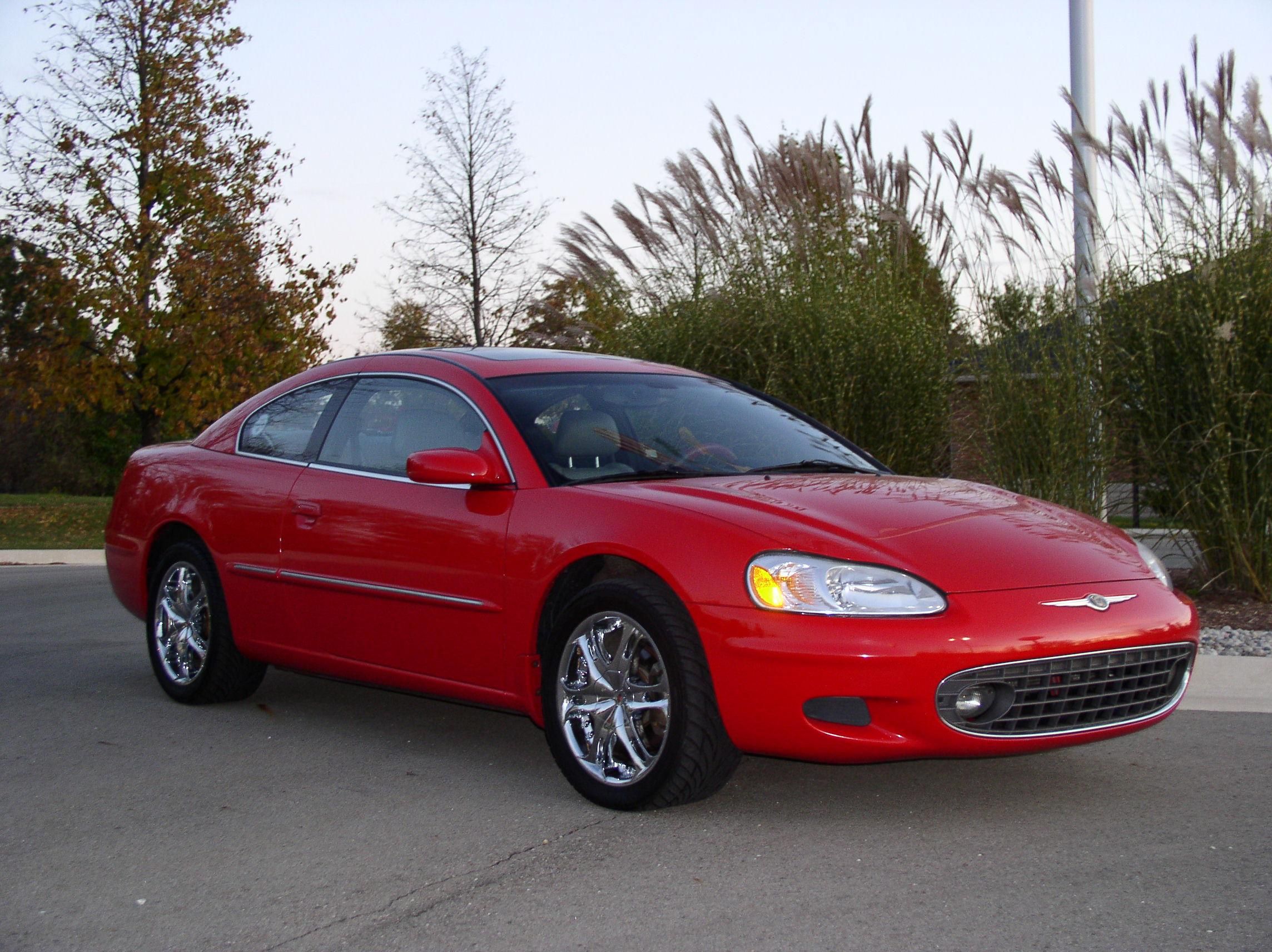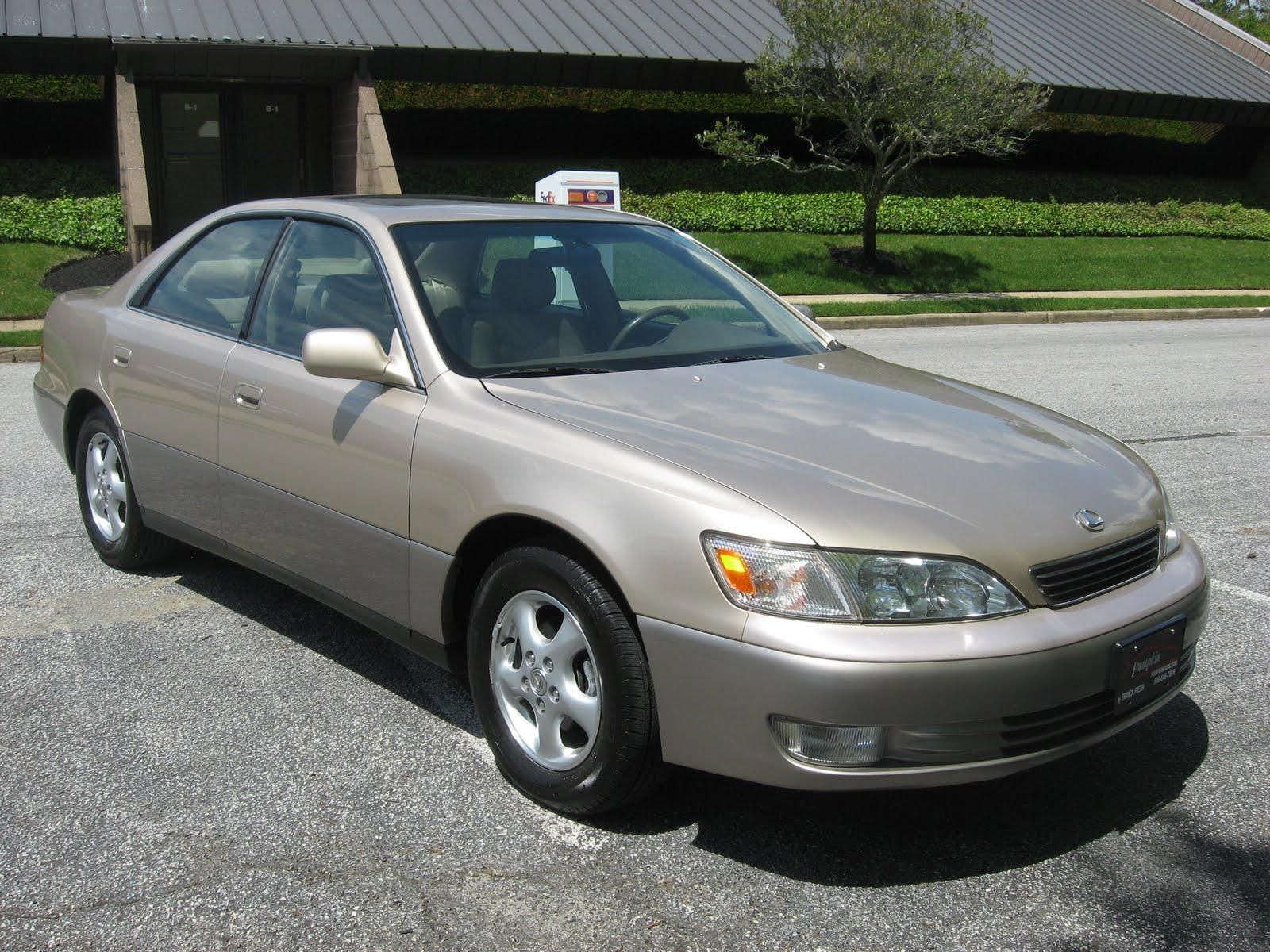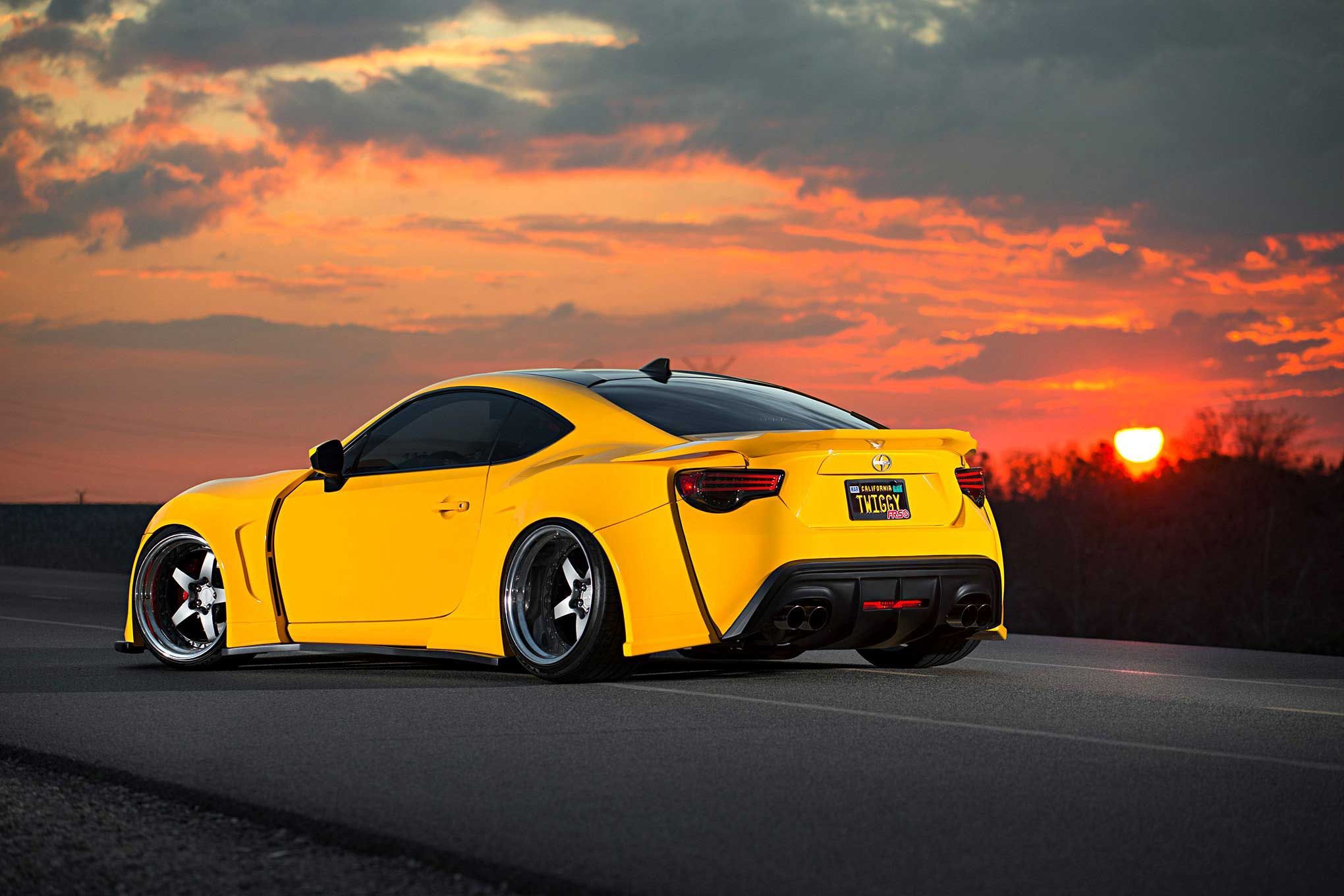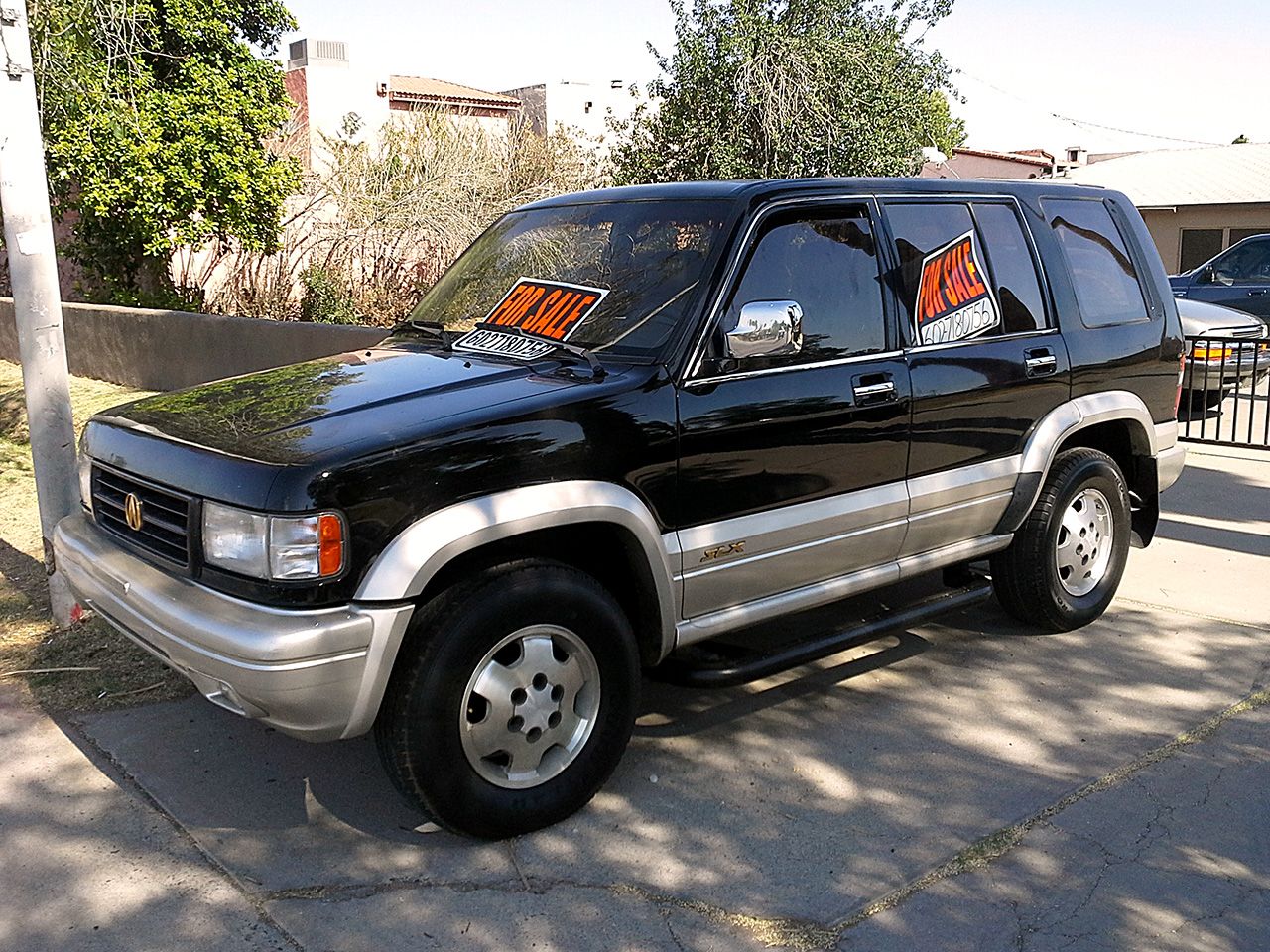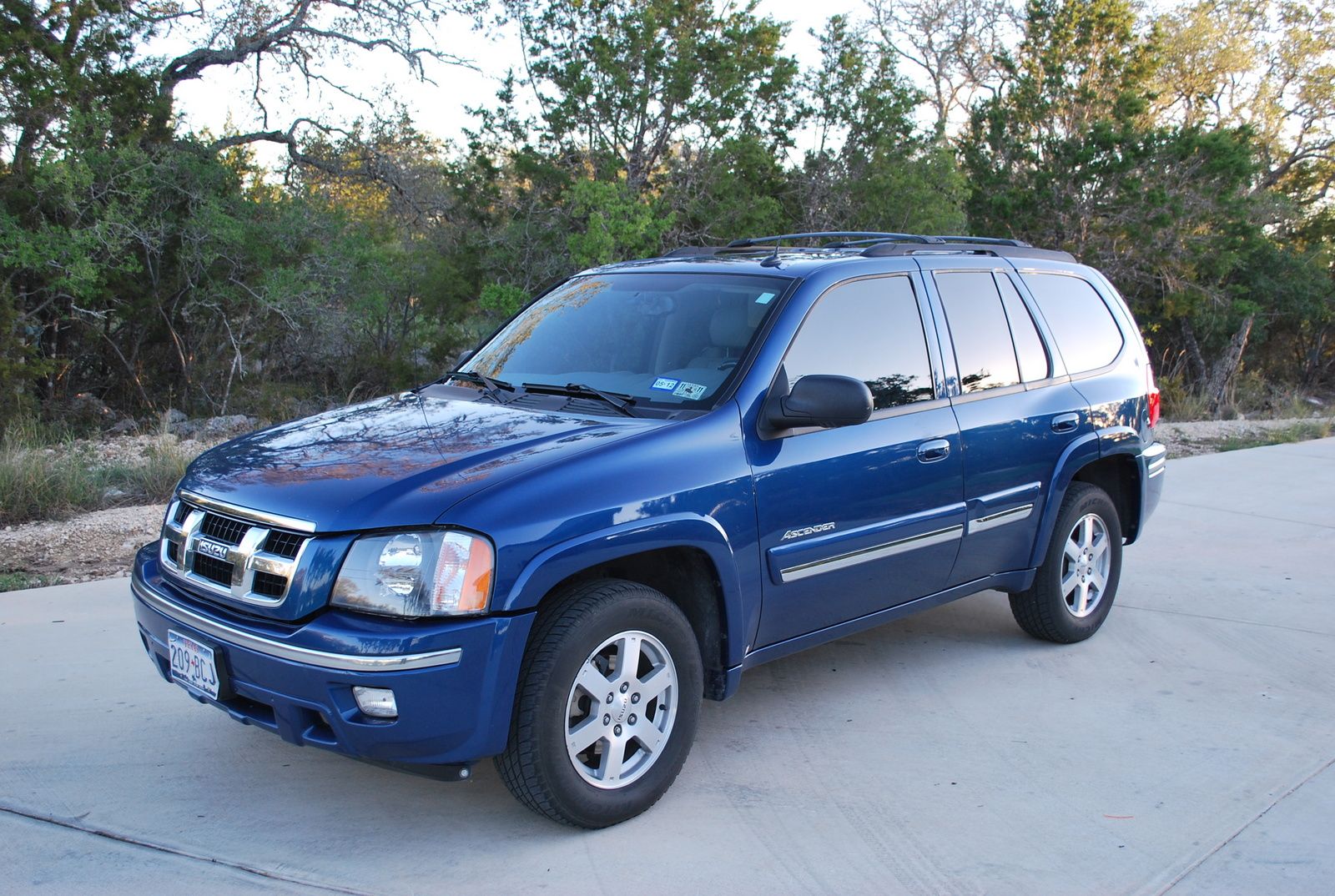Badge engineering is one of the most coveted aspects of the automotive industry—a secret that's not really a secret anymore. For the last four decades, just about anyone with an ounce of sense could tell a badge-engineered car from an original. There are many different models that hit the market. Some are well done, while others are just a quick ploy to get additional sales by flooding the market with the same vehicle. Badge engineering spans a wide range of automotive classes. From vehicles that were poorly done, such as the original Cadillac Escalade, to more discreet models, such as the original Lexus ES300, which was based on the Toyota Camry.
These tactics of automotive badge engineering have left a bad taste in the mouths of many consumers. This has led automakers to do a better job of changing the badges on their vehicles. Still, there have been models over the years sillier than others, and we're going to take a look at these ones. Cars that were such bad examples by automakers, they've become relics in the memories of consumers, such as the Pontiac G5, which was based on the Chevrolet Cobalt. Badge engineering can be an effective way of growing an automotive brand, as well as collaborating with other automakers. On the other hand, it can be a failed process that leaves consumers scratching their heads, wondering what they're driving.
26 Toyota Cavalier
Why on earth Toyota chose to take the Chevrolet Cavalier overseas is beyond us, especially when the brand dominated the compact segment with their Corolla model for over fifty years. Naturally, the Toyota Cavalier is a corny badge engineered Cavalier with not much separating the two except for the Toyota badges on the hood and the rear. Nevertheless, this is just another example of cheap GM badge engineering at its finest, which the brand has done well for decades. (Motor Trend)
25 Plymouth Breeze
Released amid Plymouth's final hoorah in the '90s, the Breeze was an affordable version of the Dodge Stratus that offered a barebones alternative. The Breeze offered a four-cylinder engine and a basic cloth interior. The Plymouth Breeze was actually a great seller for the brand, slotted below the Dodge Stratus and the Chrysler Cirrus as the value-oriented family sedan. We only wish the Breeze had come with a more in-depth selection of features and the optional V6 engine. (Motor Week)
24 Mitsubishi Precis
Perhaps one of the most interesting badges engineered cars of the '90s, the Mitsubishi Precis was none other than the Hyundai Excel. Why Mitsubishi decided to badge engineer one of the most notoriously worst cars in automotive history is beyond us. The Mitsubishi Precis was such a rarity that the car was barely a sales success for the company. The car is now relegated to junkyard status for the most part. The Mitsubishi Precis was the precursor to the Mitsubishi Mirage and ended up going down in history as a novelty. (Motor Week)
23 Eagle Summit
Mitsubishi was giving out badge engineered cars left and right during the '80s and '90s, and the Eagle Summit was another spin-off of the Mitsubishi Mirage. The Eagle Summit was a crossover vehicle in many aspects, offering the versatility of a minivan without the need for a full-size van. The Eagle Summit never really caught on with the automotive market though. This is why you don’t really see very many of these on the road anymore. This model was also sold as the Dodge Colt and the Plymouth Colt, which were both badge engineered models as well. (Motor Week)
22 Dodge Colt
Mitsubishi had a good relationship with Chrysler for most of the '90s. This created a one of a kind relationship where a lot of memorable cars sold as Chrysler models. The Dodge Colt was the compact car for the lineup, slotted below the Dodge Shadow. Dodge was looking to fill a void with the import market. The Dodge Colt was sold in a few different models, and the hatchback was the most well-known model to have been sold in the Dodge lineup. (Motor Week)
21 Plymouth Colt
The Plymouth Colt was not as well known as the Dodge Colt or the Mitsubishi Mirage. The model was more or less sold to fill a void in the Plymouth lineup in the absence of the Plymouth Horizon hatchback. The Plymouth Colt was part of the larger badge engineering partnership with Mitsubishi during the '90s, and the Plymouth Colt was one of the lesser-known vehicles from this partnership. The Plymouth Colt was also sold as an offshoot of the Eagle Summit hatchback as well. (Motor Week)
20 Eagle Vision
When Chrysler introduced the cab-forward design for their sedan trio in the '90s, the Eagle Vision was sold as a sporty alternative to the more family-oriented Dodge Intrepid. The Eagle Vision had a unique style that gave the sedan a long sloping look, whereas the Dodge Intrepid had a more traditional look. The Eagle Vision was initially a decent seller for the brand but as Chrysler focused more energy on the SUV market, the Eagle brand received less attention and ultimately disbanded in 1997. (Motor Week)
19 Eagle Talon
Part of the Mitsubishi partnership, which was called DSM “Diamond Star Motors,” the Eagle Talon was perhaps one of the most popular sports cars to roll off of a badge engineered line. The Eagle Talon was based on the Mitsubishi Eclipse, and the model had a unique aspect to it with the addition of all-wheel-drive. The factory turbo also made the car a very well respected performer. It remains a popular choice on the used car market and the drifting circuit to this day. (Motor Week)
18 Plymouth Laser
Finally, we have the third member of the DSM trio sold during the '90s: the Plymouth Laser. Known for its unique styling and more affordable price tag than the other two models, the Plymouth Laser was a unique model for the brand and managed to sell well for some time. The Plymouth Laser was probably one of the corniest models for a number of reasons—the first of which is that it didn’t have any unique styling traits. This would have made the Laser a little more unique than the Eclipse and the Talon. (Motor Week)
17 Chrysler Conquest
When it comes to a car that was a one of a kind addition to a vehicle lineup, the Chrysler Conquest was a one of a kind vehicle. This model was based on the Mitsubishi Starion. Known for its one of a kind turbo-powered engine and luxurious interior, the Conquest was fun to drive. It was a vehicle that offered a lightweight design and managed to compete directly with the Toyota Supra and the Nissan 300ZX. The Chrysler Conquest was probably one of the corniest looking badge engineered vehicles around, but the model was fun to drive. (Motor Week)
16 GMC Denali
During the late nineties, the SUV boom was in full swing and Ford introduced the Lincoln Navigator to the market and sold like hotcakes. GM introduced the GMC Denali as a fancier version of the GMC Yukon, which offered an upscale competitor to the Lincoln Navigator. This came during a time when the company was preparing to release the full-blown Cadillac Escalade for the 2002 model year. The GMC Denali ended up being a decent seller for the brand, thus GM expanded the Denali brand later in the 2000s with more models. (Motor Week)
15 Cadillac Escalade
When Lincoln introduced the Navigator, the model was a step above for the brand, as well as being the first full-size SUV to ever have a Lincoln badge. GM was quick to introduce the Cadillac Escalade to compete with the Navigator by badge engineering the Chevrolet Tahoe. This created a unique but critically panned SUV model. Still, the Cadillac Escalade has gone on to become one of the best selling SUV models to hit the market in the last three decades. (Motor Week)
14 Pontiac Wave
The Chevrolet Aveo was already an oddball in the looks department, so it surprised a lot of enthusiasts when GM decided to slap a Pontiac badge on it. The little car was a far cry from what many expect a Pontiac to be. It was far from exciting or fast. With its egg-like shape, the Pontiac Wave was not unique from the Chevy Aveo in any way. We only wonder what GM was thinking when they decided to launch the Pontiac Wave, and this is one of the many reasons why the Pontiac brand is no longer with us. (Motor Week)
13 Pontiac G5
Another corny looking car, the Pontiac G5 was based on the lethargic Chevrolet Cobalt, and the little compact car didn’t have any unique features over the compact Chevy to make it worthy of a Pontiac badge. While the company was based on performance and excitement, the final products started to make us question the company and failed to live up to the performance standards that the brand had set in previous decades. The Pontiac G5 will go down in history as a corny badge engineered compact that nobody knew existed. (Motor Week)
12 Chrysler 300m
During the '90s, Chrysler sold their minivans like hotcakes, but their large family sedans with the cab-forward design weren't catching on with consumers. Thus, the company decided to inject some sportiness into their models and formed the Chrysler 300m. While the car had some awesome attributes, deep down in its core the 300M was nothing more then a jazzed up Dodge Intrepid. With the long sloping designs of the sedans, it was hard for consumers to get over the extreme styling. Thus, the cars were eventually overlooked by more mainstream offerings from Toyota and Honda. (Motor Trend)
11 Chrysler Sebring Coupe
Perhaps best known for providing rental car excitement for the last three decades, the Chrysler Sebring was a more boring version of the Mitsubishi Eclipse that they based it off of. While the model did have some winning qualities, overall the final design was lackluster and uninspired, which made for a boring driving experience. Nonetheless, the model continued to be a decent seller for Chrysler over the course of its product cycle, which is probably why the car remained on dealership lots for such a long time. (Motor Trend)
10 Lexus ES300
When Toyota developed the Lexus brand during the '80s, there was an intense amount of research and design put into the LS400 and the SC400 to make a superior car for the foreign luxury car makers. The brand also needed an entry-level vehicle for professionals though who were just starting out in business. Thus, the ES300 was born. Judging by the looks of it the ES300, it isn't hard to tell it apart from the Camry on which it's based. This was a sticking point for most luxury consumers who spent good money on the mid-sized Lexus. (Motor Trend)
9 Scion FRS
Looking to fill the gap left by the Toyota Celica and the Scion TC, the FRS was a model that was developed in partnership with Subaru. The Scion FRS was nothing special, and with the demise of Scion coming right on the heels of this car's release, many consumers were confused by the transition. When you take a look at the Subaru BRZ, there are no real differences between the two cars. Thus, the FRS is just another badge engineered car with no real identity. (Motor Trend)
8 Acura SLX
During the '90s, the race to get into the SUV market was intense, and every automaker wanted a piece of the profitable pie. The Isuzu Trooper had its own share of problems during its production cycle, from roll-over incidents to a lack of quality when compared with other offerings, such as the Ford Explorer. The Acura SLX offered nothing unique. In fact, there was nothing to differentiate the two trucks except for the grille and badges on the front and rear of the vehicle. Oh, and the SLX received some stylish alloy rims. (Motor Trend)
7 Isuzu Ascender
Isuzu was on its way out of the U.S automotive market, and they needed something to fulfill contractual obligations with GM. Thus, GM loaned Isuzu the Chevrolet Trailblazer and slapped an Isuzu badge on it. The Ascender was not a popular seller for the brand by any means. In fact, there wasn't even mainstream advertising for the model. Many consumers never even had this SUV on their radars, simply because they never knew that it existed. Thus, the Ascender was the end of Isuzu selling passenger cars in the U.S. (Motor Trend)

